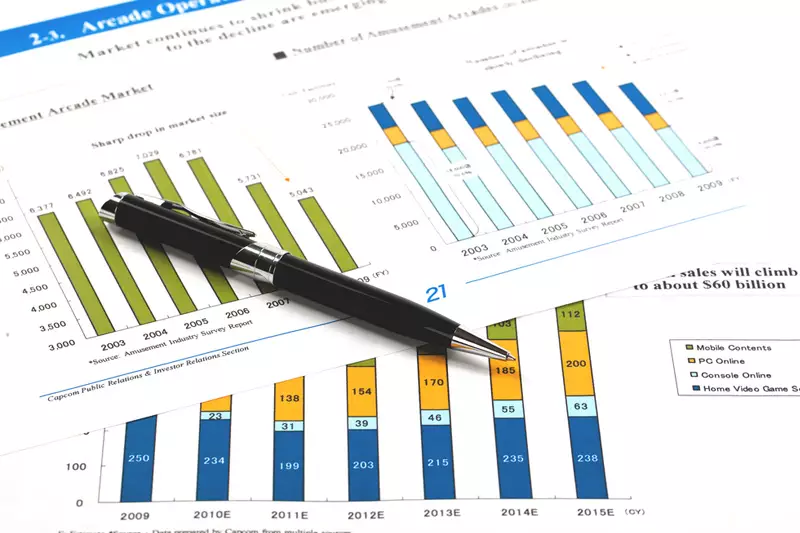Amidst global economic fluctuations, the Japanese yen is experiencing substantial pressure, primarily attributed to the Bank of Japan’s (BOJ) decision to sustain its ultra-low interest rate policy. This choice underscores a broader narrative of stagnation within Japan’s economic framework, especially as inflation rates struggle to reach the target of 2%. The BOJ has signalled its intent to continue its expansive monetary policy, which raises questions about Japan’s fiscal health and long-term strategy. As the yen has depreciated over 6% this month, questions arise surrounding the effectiveness of such policies amidst a backdrop of increasing U.S. Treasury yields and a robust dollar.
Market analysts are left speculating as to the future of Japanese monetary policy under the stewardship of Governor Kazuo Ueda. With potential rate hikes hinted at, the focus shifts to the upcoming BOJ meetings where the pace and timing of any adjustments will be closely scrutinized. Such uncertainty is amplified by political instability within Japan, which only serves to cloud the outlook on monetary policy even further. Traders are wary; any drastic fluctuation in the yen’s value might catalyze intervention from Japanese authorities, intensifying the tension in a currency market already fraught with volatility.
As the yen falters against the U.S. dollar, the latter remains buoyant in anticipation of significant economic indicators, such as the forthcoming jobs report. The dollar index’s steady rise signifies confidence in the U.S. economic landscape, with key economic metrics suggesting resilience despite external pressures. Interestingly, the volatility surrounding the upcoming presidential election has encouraged a speculative atmosphere, with investors adopting positions based on potential outcomes.
In the wake of the tumultuous political landscape, the nonfarm payroll data set to release later this week could either solidify or undermine the dollar’s stronghold. Recent insights indicate that despite disruptions from natural disasters and strikes, the U.S. labor market has shown robust private payroll growth. Analysts speculate this will further affirm the underlying strength of the American economy, fueling further demand for the dollar against competing currencies, including the yen.
Moreover, the international arena cannot be overlooked, especially with external economic data streaming in from China. A surprise increase in the Chinese manufacturing PMI hints at a potential turning point, influencing perceptions of regional economic stability. Given that China stands as one of Japan’s primary trading partners, any shifts in Chinese economic health directly impact Japan’s financial framework and, by extension, the yen.
As reports of increased factory activity circulate, the implications for the yen loom large. Should China’s economy regain momentum, Japan’s export-driven market could benefit, potentially providing a cushion against the yen’s depreciation. However, the delicate balance remains precarious, as several domestic factors continue to shape market sentiment.
Looking ahead, market players are keenly aware that both U.S. and Japanese economic tides are turning. With significant data releases on the horizon, the narratives surrounding interest rates, growth, and political winds are intertwined. The juxtaposition between U.S. economic strength and Japan’s cautious approach creates a landscape of contrasting strategies; one bold, one hesitant.
Investor sentiment appears divided as traders weigh the potential upside of U.S. economic indicators against the backdrop of Japan’s monetary policies and political uncertainty. The outcomes of the U.S. elections could shift market dynamics considerably, and any missteps in policy decisions from the BOJ might lead to unforeseen market repercussions.
As the yen struggles, broader narratives of global economics are at play, shaping the landscape in which currencies operate. The interplay of low interest rates, political upheaval, and external economic indicators demands that investors remain vigilant. The yen’s future trajectory will rely heavily on the BOJ’s subsequent decisions and the dynamics of external economic influences, creating an uncertain yet fascinating economic chess game in the world of currency.


Leave a Reply